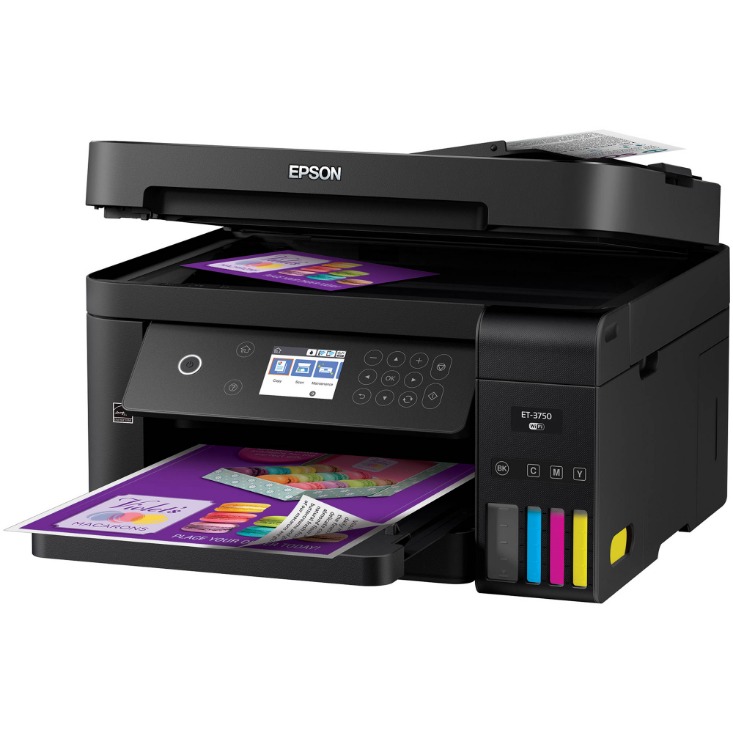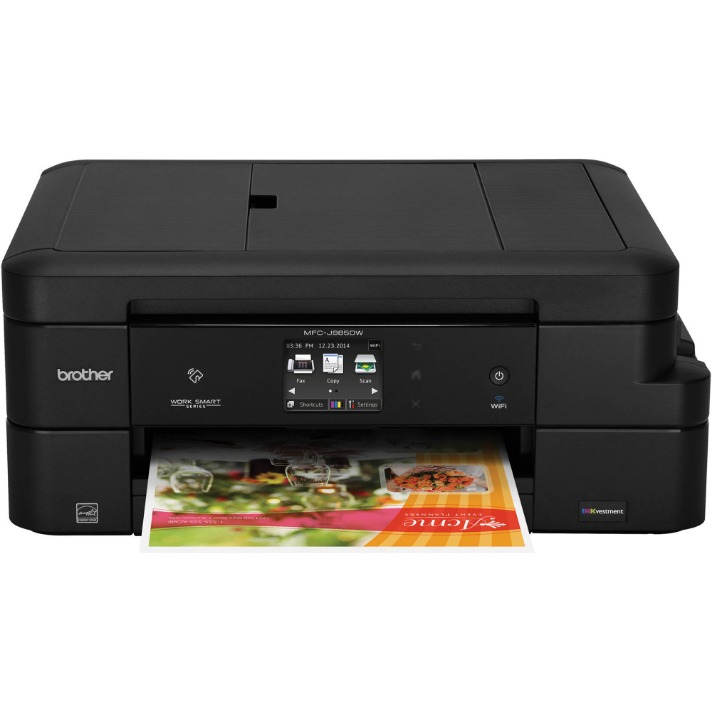Therefore, dedicating a 3D printing business to helping other businesses with these needs can be quite profitable. But that doesn’t mean every 3D printing job can be completed quickly. 3D printers work by following a computer’s digital instructions to “print” an object using materials such as plastic, ceramics and metal. The printing process involves building up an object one layer at a time until it’s complete. For instance, some 3D printers squirt out a stream of heated, semi-liquid plastic that solidifies as the printer’s head moves around to create the outline of each layer within the object.
Quality control ensures the part is fit for purpose and meets the requirements defined in the design specifications. In some cases, customers will bring Pope the product they want copied. But, in most cases, the customers will send a computer design that can be transferred to the printers. Researchers from the University of Minnesota are working on 3D printing electronics on human skin. Read more about impression 3d here. Shoe manufacturers, like Nike and Adidas, are now creating 3D printed sneakers.
Spare parts, tools, jigs and fixtures can all be produced on an as-needed basis while providing flexibility that would have been unimaginable to previous generations. 3D printed food is entirely safe to eat as long as the printer is completely cleaned and working properly.
It’s what tells them where to move, how fast to move there, and how hot to be. There are some 3D printers that run on different languages (some printers are proprietary, others just uncommon), but in general, Gcode is what your printer will understand. These programs are perfect for people with extensive knowledge of 3D modeling, or for those feeling bold and are ready to fully commit to the art of 3D design. Additive manufacturing isn’t just impacting the Maker Movement, it’s also changing the way companies and federal agencies do business. Watch a 3D printing timelapse video and read on below to learn everything you need to know about this game-changing innovation that is capturing the imagination of major manufacturers and hobbyists alike. Next to this, all you need is a power supply and a clean, safe workspace for your 3D printer. You can find more advice on these topics in our free, in-depth white papers.
Instead, each model is sliced, and the printer then creates each individual slice, the result of which is the 3D object. This basically means slicing the 3D model into hundreds or thousands of layers that will be delivered to your printer.
Over the years, the 3D printing industry has grown dramatically, creating new technologies (and a new language to describe the different additive manufacturing processes). Below are quick summaries of the different types of 3D printing (with material extrusion explained in the previous section). After the printing is finished, every object requires a bit of post-processing. This can range from unsticking the object from the build platform to removing support structures (temporary material printed to support overhangs on the object) to brushing off excess powders. On the downside, the finish of the models they produce is usually
inferior to those produced with higher-end RP machines. The choice of
materials is often limited to just one or two, the colors may be crude,
and the texture may not reflect the intended finish of the product very well. This process is mostly used in the metal industry and in rapid manufacturing applications.
How to use a 3D printer
After hearing each clip, participants had to decide whether it was a joke and rate how funny it was. Next, they watched an episode of the sitcom Seinfeld and completed a questionnaire to assess whether they enjoyed the comedy. Both areas are rich in the chemical messenger dopamine, and the team suggests that dopamine signalling could play an important role in humour processing, opening avenues for further investigation. Lastly, there are several design requirements the 3D files have to meet before sending them to the printer.
Exporting your STL file
Most 3D printing technologies produce small amounts of deformation during printing, most commonly warping and shrinkage. Parts that show signs of warping and shrinkage will be less accurate than those that don’t, since the deformations ultimately change the final shape and dimensions of the part. In short, a dimensionally accurate part is one that matches the size and form of the original design.
How To Use a 3D Printer?
In this article, we will explore the factors that affect the smoothness of 3D printed parts and how you can achieve high levels of smoothness. Whether you intend to buy a 3D printer for your home or use one in a public space (see “Find a Printer”), there are two kinds you’re likely to encounter. But security experts worry about 3D printing’s ability to magnify the effects of digital piracy and the sharing of knowledge that could prove dangerous in the wrong hands. Defense Distributed, a Texas group, has already begun pushing societal boundaries by working on the world’s first fully 3D-printable gun. In this article, we’re going to break down each factors so you can have a better understanding of how long it really takes to 3D print an object. As you can see there are many variables that can affect the time it takes to 3D print. The accuracy of a professional resin 3D printer is around ± 0.01 mm.
This thermal moment is caused because when FFF printers lay down filament, they are heating the plastic until it is semi-fluidic and then cooling it down after it is extruded. In the case of FFF 3D printers, this means that each “line” of material will want to contract lengthwise. Usually, this is not enough to break adhesion with the build plate, but this force builds up as more layers are added, making the part warp. This is especially common with long, thin parts, like the test piece I’m using in this post, because of the lengthwise contraction. Once the 3D model is ready and the design is finalised, the part is ready to be printed. The time taken here will depend on several factors, but the most important is the type of technology used. It’s worth noting that all metal 3D printing processes have a relatively quick turnaround, meaning for complex parts, lead times tend to be much shorter than using traditional manufacturing.





